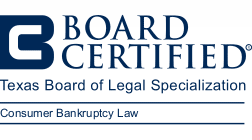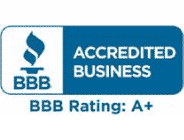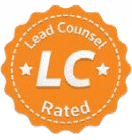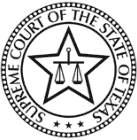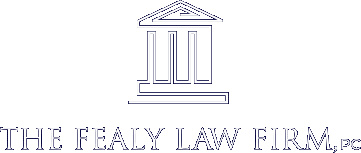The impact of COVID on homeowners
The impact of the COVID-19 pandemic is still being felt as variants breach the border of the United States. The near two-year crisis continues to impact not only physical health but also financial stability. Thankfully proactive measures were put into place early on to help those who lost their jobs and struggled to make ends meet.
For homeowners in programs to stave off foreclosure actions, the bill may be due sooner than expected.
Promising statistics
The third quarter of 2021 saw new foreclosures increasing by nearly a third from the second quarter. When looking at the same time last year, that number represents a 67 percent increase. Nationally, Texas ranks second with 2,827. Even with that surge, lenders continued to pursue what is termed “aggressive modifications,” a strategy that should keep foreclosure numbers relatively low and allow people to remain in their homes.
Forbearance programs delayed monthly payments for 18 months, with those installments switched to the end of the loan period or repaid following a refinancing or sale. Those options helped drop foreclosures to nearly 4,000 per month during the first year of the pandemic, an amount much lower than the average of 40,000.
However, these government and private sector initiatives are starting to expire. Those in the business of borrowing money are now shedding the programs, with the most significant reduction coming last month. Week to week, the bailouts decreased 11 percent.
Options for those still struggling
Active plans dropped by 177,000, with 84,000 coming from FHA/VA loans. Last month saw 1.4 million homeowners in programs brought on by the worldwide pandemic, accounting for almost three percent of all active mortgages. Most emerge current on payments. Others are throwing in the towel, selling their dwellings, or allowing their homes to go into foreclosure.
Another option for homeowners is Chapter 13 bankruptcy protection to hold off foreclosure and remain in the home, even if multiple payments are past due. While Chapter 7 discharges debts, it doesn’t stop the foreclosure process. However, wiping out credit card debt and other financial burdens can free up money that can go towards mortgage payments.
There is some good news for struggling homeowners. Home equity is reaching higher and higher levels thanks to a housing boom that saw an 18 percent increase in real estate prices in August, the exact opposite of another crisis, the Great Recession of 2008.
